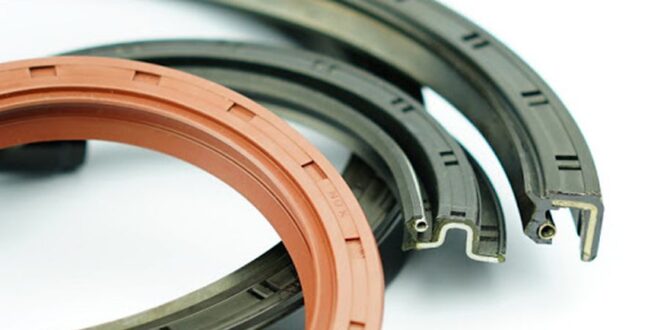If you are in desperate need of a new oil seal but you are not sure which one to get or even where to look for it, do not worry. Many people need to keep their various machinery safe from unwelcome leaks every day, and since these seals are consumer goods that often needs change, many types exist for all kinds of different uses. If you have no idea how to approach this purchase, this article is for you. The guide you are about to read will answer all your questions and help you buy the right oil seal. In addition, you will once and for all know everything about them and be ready in case you need another oil seal soon.
Before we move on to the factors to consider, there should first be a few words about oil seals. You may come across other names for them, for example, rotary shaft seals, fluid seals, and grease seals. These small parts play an important role since they tightly close the gaps between moving and stationary parts and elements within equipment mechanics.
Their primary purpose is to prevent all sorts of lubricants from leaking and escaping the tubes and other mechanical parts. By doing so, they protect these key components from damage. Oil seals are used in a wide array of everyday machines like car engines, and heavier, specialized equipment like assembly machines. No matter the size and the importance of the machine in question, oil seals are there to prevent harmful interactions between moving and static parts, that could cause serious and expensive damage, capable of causing surrounding parts top malfunction halting whole operations. To learn more about oil seals and buy yourself the one you lack, visit Sin Thye Loke Oil Seals Sdn Bhd.
Oil Seal Materials
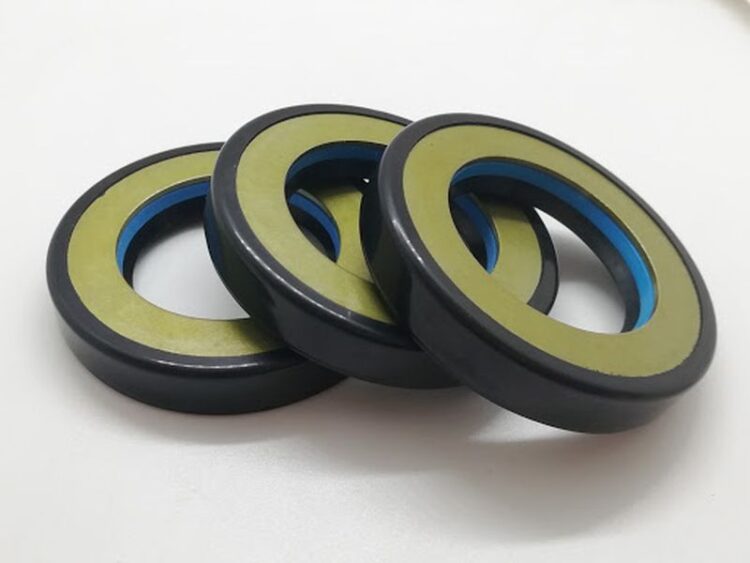
There is a wide variety of materials used for oil seals, and not all machines accept every material. Depending on what you need it for, there are seven materials oil seals are made from.
Synthetic Rubber
SBR oil seals are the absolute kings of all oil seals since most machinery uses them. They are so popular because the rubber is strong against lesions and abrasions, so machinery that moves fast benefits greatly from them. Rubber can also survive extreme temperatures, which is why it is heavily used outside.
Leather
Leather seals are also known as type L oil seals, and they are by far the most common with parts often surrounded by dirt and low lubrication. They are also pre-lubricated and capable of absorbing fluids. When synthetic rubber is for whatever reason unavailable in a certain machine, the next best thing is leather.
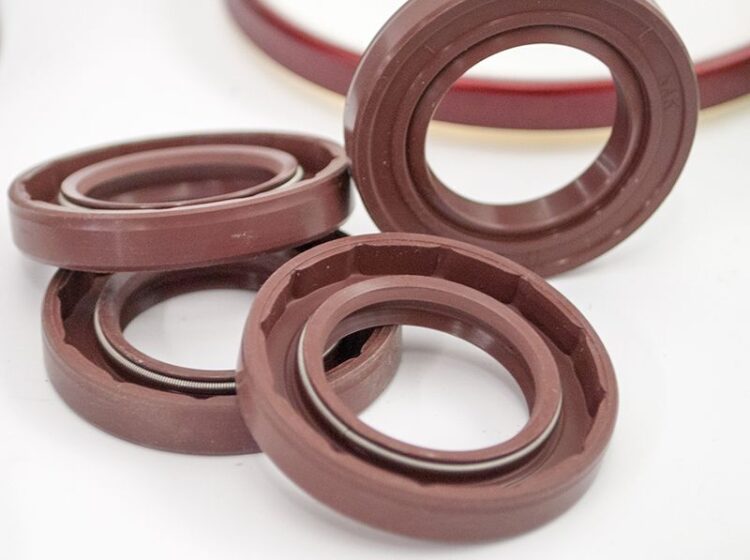
Nitrile
Nitrile, or acrylonitrile-butadiene rubber oil seals, are arguably the best solution for your everyday needs. They are a useful type of oil seals for general purposes option thanks to their flexibility of usage. They are resistant enough to withstand hot water, fats and animal oils, gasoline, mineral oils, and grease, making them one of the most used on the list. Sadly, they cannot survive extreme temperatures, which is where synthetic rubber shines.
Viton
Viton is a form of synthetic rubber and fluoropolymer elastomer. Oil seals made from it offer high levels of resistance in temperatures up to 250°C. Apart from temperature, they are also strong against abrasions and chemicals, useful with machinery and elements that operate with solvents and petroleum.
Polyacrylate
These oil seals are mostly used in the automotive and transmission industries as they are good against oil, fuel, ozone, sunlight, and weather elements. Cars are exposed to these daily, so these oil seals are the best option for the many parts inside them. One downside is that they become increasingly less flexible the lower the temperature gets.

Silicone
Silicone oil seals are specifically made to absorb excess lubricants and lessen the friction and wear. They also have a wide range of temperature survivability. On the other hand, it is not very effective against abrasions and oxidized oils.
PTFE
Last but not least, there are PTFE oil seals, a relatively new and a rather exciting type. Through the use of polytetrafluoroethylene, they are able to withstand both completely dry and unlubricated operations. Their thermal range is truly massive, from as low as -130°C to more than 200°C. Moreover, it is resistant to most chemicals. Because of these amazing properties, they are considered to be the oil seals of the future, expected to replace all others within a decade or so.
Other Factors to Consider
Except for the material as the most important factor, five more things should be mentioned when choosing the right oil seal is in question, all directly related to the material.
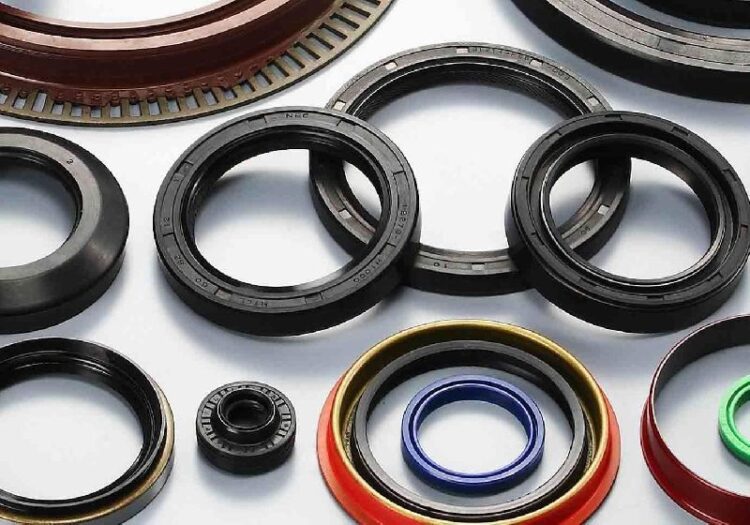
Pressure
A lot of oil seals are only able to withstand low-pressure conditions and are applied in such situations where not a lot of it is expected. To make sure you do not get a weak pressure seal, make sure to thoroughly understand the machinery you need your seal for, and determine what kind of pressure it works under.
Temperature
The temperature was mentioned in the material section numerous times. Exactly like the pressure, you have to be aware of the thermal conditions inside the machine. Not all seals can operate under all temperatures. You have to know the exact temperature range of the elements before buying a seal. As mentioned, the newest addition to the oil seal game is PTFE seals, with the widest range of temperature. If you are not sure what to get based solely on this factor, get a PTFE seal.
Shaft Speed
Different shafts move at different speeds. The runout, the housing bore, and oil type are all things that should be checked here. You have to select an oil seal that is capable of withstanding the right amount of abrasion and/or spiraling.
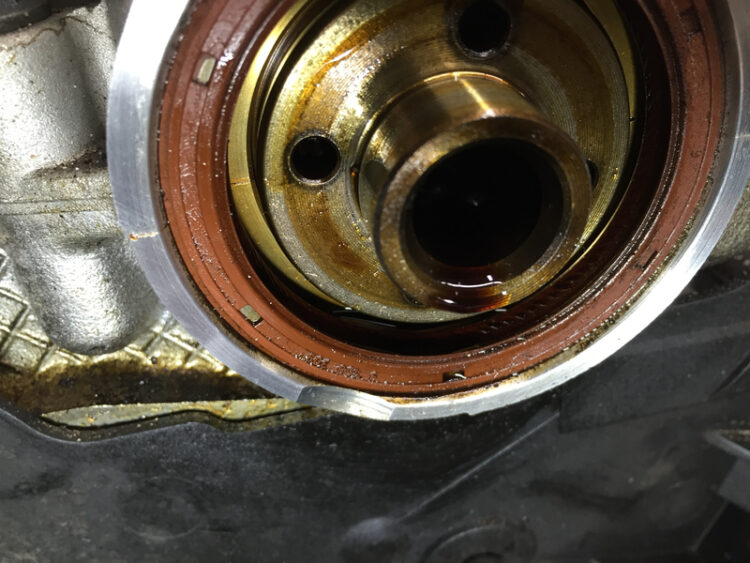
Type of Fluid
Most seals can work with oils, fuels, grease, and water, but not all of them. Also, some machines have other types of fluids inside them. Oil seals are in constant contact with these fluids, so understanding what the fluids are can help you in deciding which seal to buy.
Amount of Lubricant
All seals perform best when they are lubricated, but some machines have dry spells. For dry conditions, either leather or PTFE are good, since they can work with less lubrication than the rest of the list.
 Hi Boox Popular Magazine 2024
Hi Boox Popular Magazine 2024
